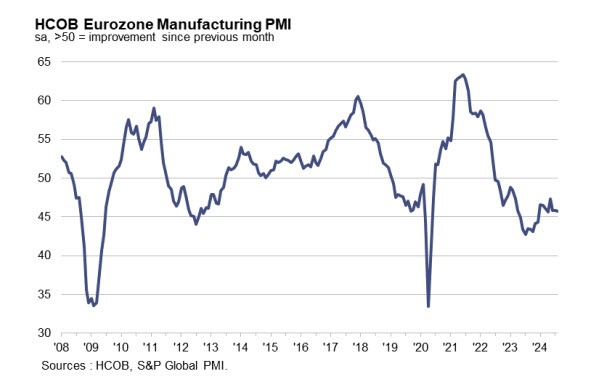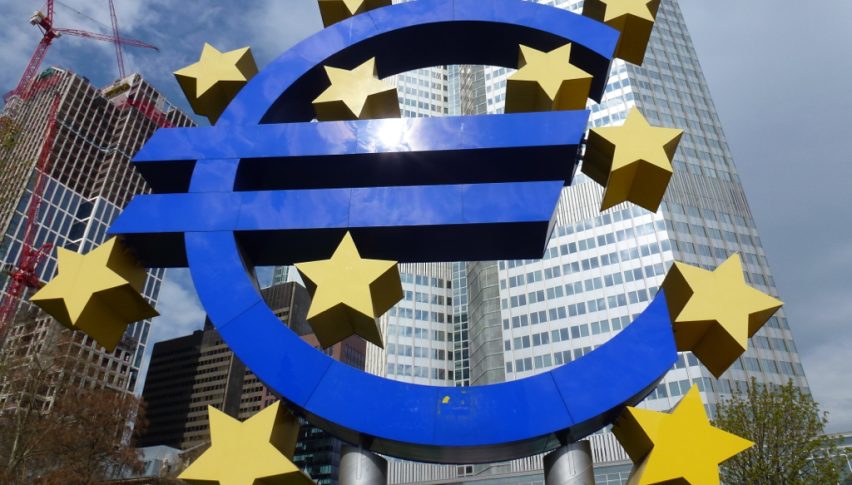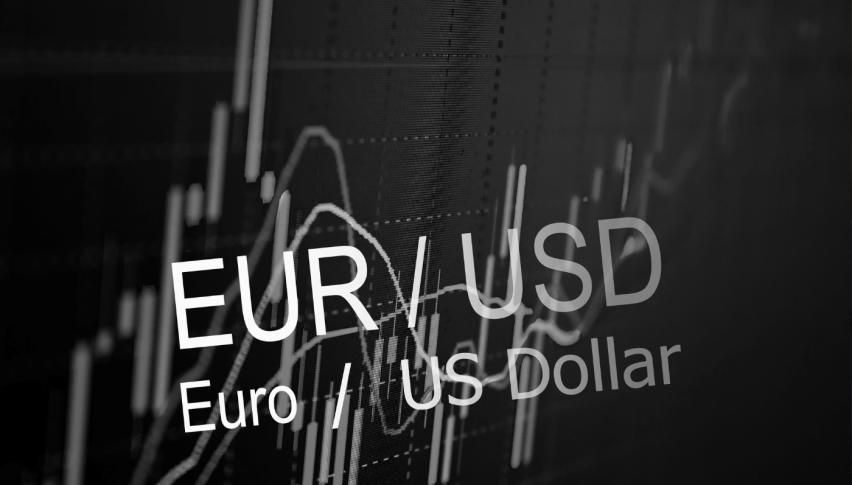Misleading Bounce in EZ Manufacturing, Jump in Euro Fades
EURUSD dropped 150 pips in three days last week, reversing the strong buying momentum it had shown earlier in August. The pair is now approaching the 1.10 level as dollar buyers re-enter the market. The Euro was pressured by lower-than-expected Eurozone CPI inflation data, which raised concerns about the region’s economic outlook.
EUR/USD Chart Weekly – Back to the Range
Eurozone Manufacturing Sector Weakens Further
The Eurozone’s manufacturing sector continued to decline, with the Manufacturing Purchasing Managers Index (PMI) falling to 45.6 in August, down from 45.8 in July. This reading missed the market’s expectation of 45.8 and marked an eight-month low for the index. The contraction in manufacturing is especially pronounced in Europe’s largest economies, Germany and France. In Germany, the PMI dropped to 42.6, a three-month low, while in France, it decreased to 44.1, marking the second consecutive month of decline. This ongoing contraction confirms EU leaders’ fears about the future of the bloc’s economy.
Eurozone August Manufacturing PMI Updates
- Eurozone Final Manufacturing PMI: August reading was 45.8 points, slightly up from the preliminary estimate of 45.6 points. This matches the July reading of 45.8 points.
- Germany’s Final Manufacturing PMI: Revised to 42.4 points for August, slightly higher than the previous estimate of 42.1 points.
- France’s Final Manufacturing PMI: Came in at 43.9 points for August, up from the earlier estimate of 42.1 points.
- Italy’s Final Manufacturing PMI: Increased to 49.4 points in August, showing improvement from the preliminary estimate of 47.4 points.
The favorable revision to the Eurozone Manufacturing PMI masks ongoing challenges in the region’s industrial sector. Despite the slight improvement in the PMI numbers, output remains under pressure, with new order inflows dropping at the fastest rate seen so far this year in August. The employment situation is also worsening, as business confidence has declined to a five-month low, indicating that companies are becoming increasingly cautious about hiring and future growth prospects.
HCOB Notes that:
“Things are going downhill, and fast. The manufacturing sector has been stuck in a rut, with business conditions worsening at the same solid pace for three straight months, pushing the recession to a gruelling 26 months and counting. New orders, both domestic and international, are slowing down even more, dashing any short-term hopes for a rebound. Adding insult to injury, input prices have been creeping up again since June. There is a silver lining insofar as companies managed to pass some of these higher costs onto their customers in August.
“The deflationary phase in the goods sector might be coming to an end. For the first time since April of last year, selling prices rose, driven by France, the Netherlands, Greece and Italy. This could spell trouble for the ECB, which has been grappling with persistent inflation in services while relying on falling manufacturing prices to keep disinflation on track. Higher transport costs are partly to blame for this uptick in price pressure. Although the price increase in goods is still modest, the ECB will undoubtedly keep a close eye on this development.
“Among the eurozone countries in the PMI survey, Austria, Italy and Ireland are bucking the trend. Unlike the others, their indices are actually ticking up instead of down. Italy’s Manufacturing PMI was just below the 50 mark, hinting at near stagnation rather than outright decline. Spain isn’t far off, barely staying above the critical 50 level, while Greece is still leading the pack. But with such a broad downturn across the board, there is little sign that things will get better anytime soon.”
EUR/USD Live Chart
| Broker | Website | |
|---|---|---|
| 🥇 |  | Visit Broker |
| 🥈 |  | Visit Broker |
| 🥉 |  | Visit Broker |
| 4 |  | Visit Broker |
| 5 |  | Visit Broker |
| 6 |  | Visit Broker |
| 7 |  | Visit Broker |










